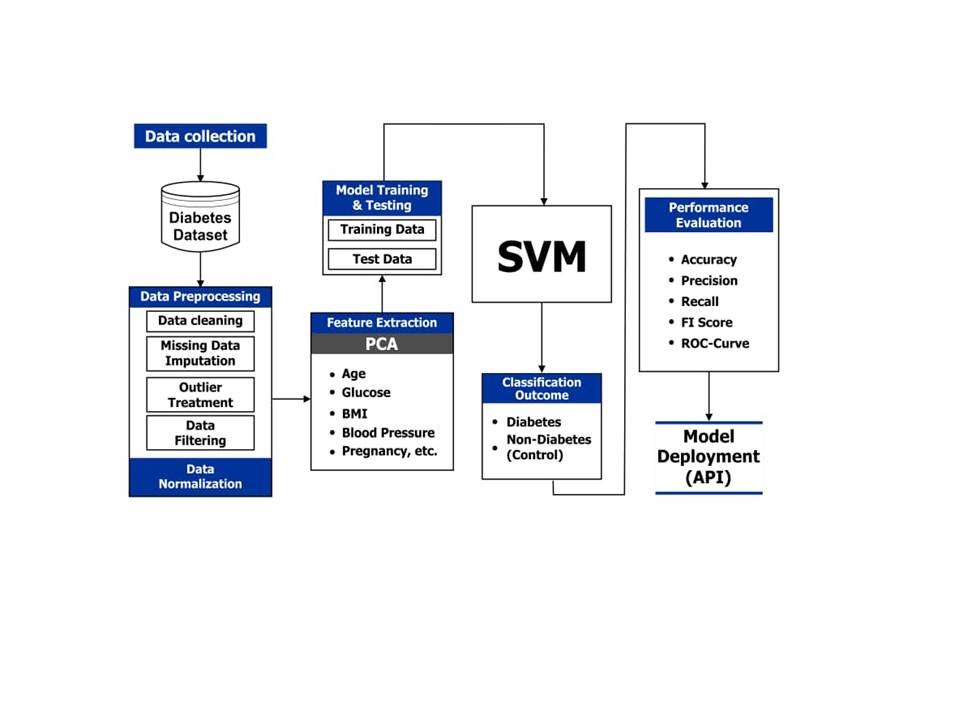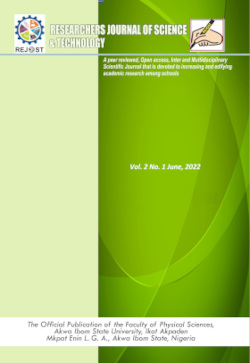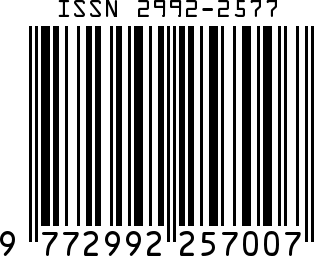Effective Classification of Diabetes Mellitus Using Support Vector Machine Algorithm
Keywords:
Diabetes, Machine Learning, Support Vector Machine, Artificial intelligence, Diagnoses, Clinical Decision Support SystemAbstract
Diabetes mellitus is one of the metabolic disorders that results in blood glucose levels that are higher than normal. Insulin regulates the flow of sugar from the blood into our cells, where it can be stored or utilized as fuel. Diabetes makes the body unable to create enough insulin or to utilize it effectively. Attempts to classify patients with the disease have been made but these attempts mostly fall short of the necessary diagnostic accuracy and reliability. Early diagnosis and proper management of those with the disease play a crucial role in lowering the burden on patients and can significantly reduce diabetes-related complications and enhance their quality of life. This study aims to develop a simple, non-invasive model to classify diabetes mellitus based on readily recognizable and related risk factors using machine learning. The model was developed using six (6) input variables. Missing value and outlier removal, min-max normalization, feature extraction and feature selection using principal component analysis were methods of data preprocessing applied to the raw dataset. 5-fold cross-validation was used to train and validate the model. Performance evaluation measures included accuracy, sensitivity, specificity, and area under the receiver operating characteristic curve (AU-ROC). The model development and analysis were carried out using Python 3.9.The classification accuracy, precision, F1-score, and recall for the healthy class were 98%, 97%, 98%, and 98%, respectively while for the diabetic class, 99% precision, 97% recall, 98% F1-score, and 98%accuracy were obtained. This shows that the model can be used to reliably classify diabetes mellitus with high accuracy.
References
Abdulkader, R. M. & Alazzawi, A. K. (2021) A Comparison of Five Machine Learning Algorithms in the Classification of Diabetes Dataset, Turkish Journal of Computer and Mathematics Education, 12(14), 1244 – 1259
Alshari, H., & Odabas, A. (2022). Machine Learning Model to Diagnose Diabetes Type 2 Based on Health Behavior,Gazi University Journal of Science35 (3),834-852.
Ekong, A. (2023). Evaluation of Machine Learning Techniques towards Early Detection of Cardiovascular Diseases. American Journal of Artificial Intelligence. Vol.7, No. 1, 2023, pp. 6-16.
Ekong, A., Ekong, B. & Edet, A. (2022). Supervised Machine Learning Model For Effective Classification of Patients With Covid-19 Symptoms Based On Bayesian Belief Network, Researchers Journal of Science and Technology, 2: 27 – 33.
Ekong, A., Udo, E. (2023). Machine Learning based Model for the Prediction of Fasting Blood Sugar Level towards Cardiovascular Disease Control for the Enhancement of Public Health International Journal of Computer Applications (0975 – 8887), Volume 184 – No. 52.
Essien V., Umoren I., Umoh I. (2021). A Bio-Informatics System for Intelligent Classification of Severity Index of Hypertension. International Journal of Innovative Research in Sciences and Engineering Studies. 1(2) :1-8
Feldman, E. (2017). New Horizons in Diabetic Neurpathy: Mechanisms, Bioener-getics, and Pain Science Direct Journal, Volume 93, Issue 6, pages 1296-1313.
Healthline (2023). Diabetes, Retrieved January from https://www.healthline.com-/health/diabetes. Access Date: 1.01.2023
Kumari V. & Chitra R. (2013). Classification of Diabetes Disease Using Support Vector Machine. International Journal of Engineering Research and Applications. 3(2):1797-1801
Maniruzzaman, M., Rahman, M. J., Ahammed, B., &Abedin, M. M. (2020). Classification and prediction of diabetes disease using machine learning paradigm. Health information science and systems, 8(1), 1-14.
Miao, L., Guo, X., Abbas, H. T., Qaraqe, K. A., &Abbasi, Q. H. (2020). Using Machine Learning to Predict the Future Development of Disease. In 2020 International Conferenceon UK-China Emerging Technologies (UCET) (pp. 1-4). IEEE.
Nair U. and Ruqaiya K. (2021). Classification of Diabetes using Machine Learning. International Conference on Computational Performance Evaluation (ComPE) North-Eastern Hill University, Shillong, Meghalaya, India.
Orlando I., Karina E., Rosalynn O. and Michael C. (2023). Application of Machine Learning Models for Early Detection and Accurate Classification of Type 2 Diabetes. Diagnostics 13 (14).
Pei D., Gong, Y., Kang, H., Zhang, C., & Guo, Q. (2019). Accurate and rapid screening model for potential diabetes mellitus, BMC Medical Informatics and Decision Making, 19(1),41.
Prasannavenkatesan T., Usha R., Vidya J. (2022). Diagnosis and Classification of the Diabetes Using Machine Learning Algorithms. Computer Science, 4 (1).
World Health Organization. (2021). Obesity and overweight. https://www.-who.int/news-room/fact-sheets-/detail/obesity-and-overweight

Downloads
Published
How to Cite
Issue
Section
License
Copyright (c) 2024 Researchers Journal of Science and Technology

This work is licensed under a Creative Commons Attribution-NonCommercial-NoDerivatives 4.0 International License.




